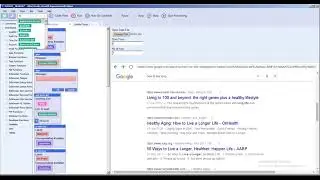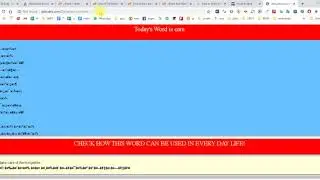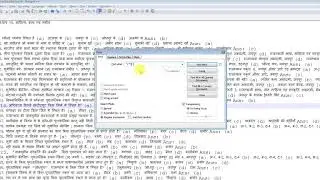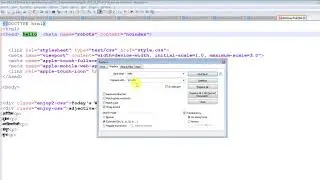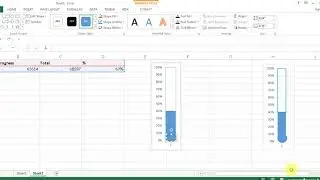How To Convert Multiple Rows To Columns And Rows In Excel Formula provided
"Advanced Techniques To Convert Multiple Rows To Columns
All the techniques and procedures you use for converting multiple rows to columns are still valid even if you have prepared a great deal of data on a row-by-row basis. Of course, in case you were dealing with a lot of data, your conversion could become complex and cumbersome. The issue here is that when you convert to columns, the problem is not restricted to the length of the column; it also affects the quality of the conversions.
In order to make your conversions better, you need to take care of a few things. First of all, you should make the definitions of the columns on which you want to insert the data very precise. You should also select the appropriate functions for performing the conversion. If the function you use for a particular row is not the one for another row, then you could end up with a very poor conversion.
Let us examine some of the important features that determine the efficiency of the conversion of multiple rows to columns. First of all, the significance of the field has to be defined properly. An example is the length of the field can determine the efficiency of the conversion of multiple rows to columns. If the number of characters is very high, then you should select the correct function.
A sequence of conversions can be very complicated if there is too much interchange of data in between the two methods of conversions. It will happen when you work with a complex sequence of conversions. If the data that you are working with is very complex, you should select the function that is suitable for the type of data.
As we know, the type of data plays a crucial role in determining the efficiency of the conversion of multiple rows to columns. The most commonly used types of data are listed below.
Those who are working with a wide range of data can use this approach because they can utilize the most flexible method of conversions. In the case of RANGE (ROW) format, you have to shift all the rows to columns and hence the performance of the conversion of multiple rows to columns also decreases. For instance, for working with a large variety of data, it is necessary to use a standard table.
With this approach, you can convert the rows to columns as and when required. This approach is quite less time consuming. Another option is the TABLES (TILDE) format.
In this case, the conversion of multiple rows to columns does not require shifting the rows in and out of the table. The optimization of these tables requires manual selection of the columns that should be converted. On the other hand, the TABLES (TILE) format permits shifting the rows."
=OFFSET($A$1,(ROW()-2)*3+INT((COLUMN()-3)),MOD(COLUMN()-3,1))
This formula can be interpreted as
OFFSET($A$1,(ROW()-f_row)*rows_in_set+INT((COLUMN()-f_col)/col_in_set), MOD(COLUMN()-f_col,col_in_set))
And in the formula,
f_row is the row number of this formula
f_col is the column number of this formula
rows_in_set is the number of rows that make one record of data
col_in_set is the number of columns of the original data
You can change them as you need.











![How to remove blank lines within a cell in excel [solved]](https://images.mixrolikus.cc/video/-Iiz12Sm4QA)
